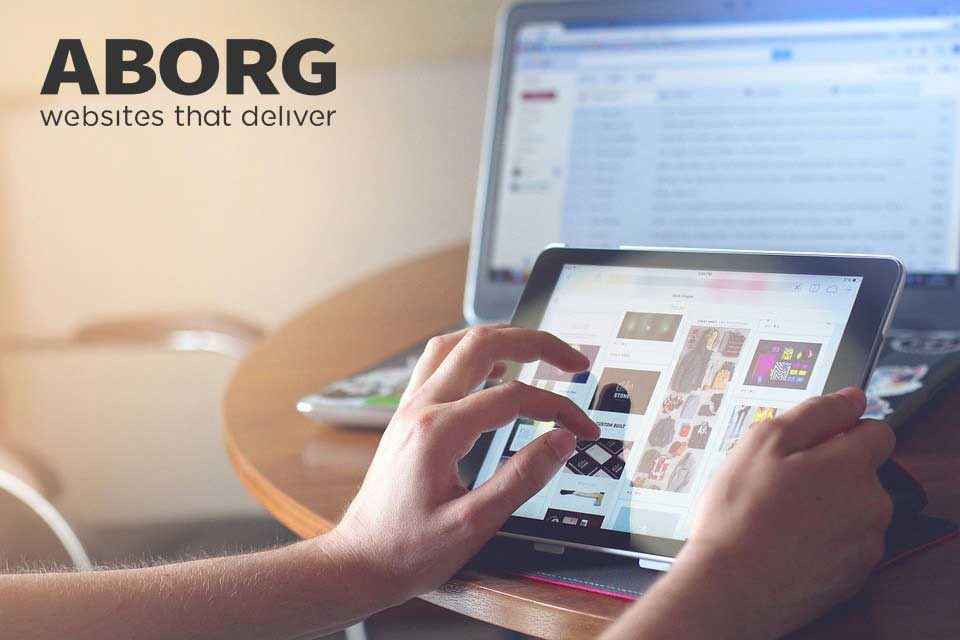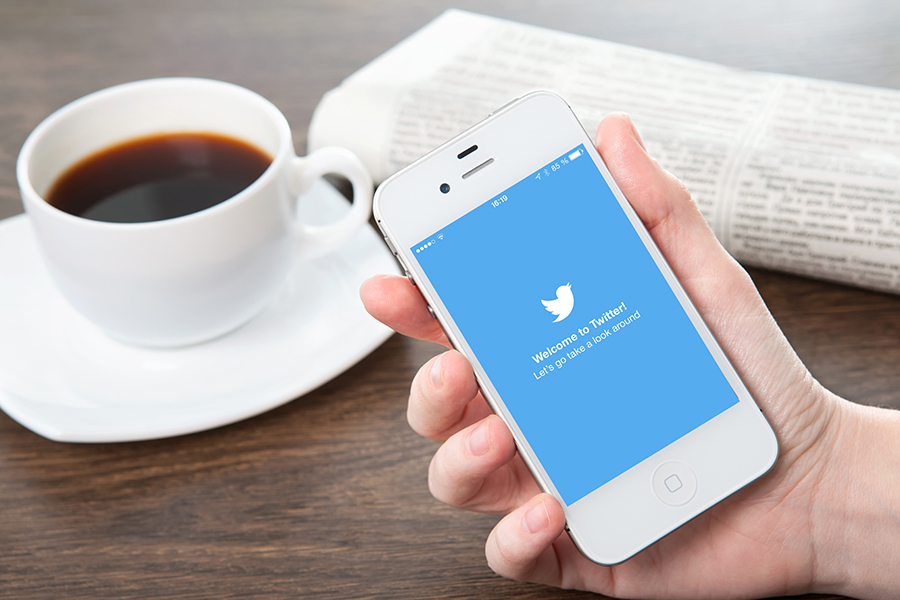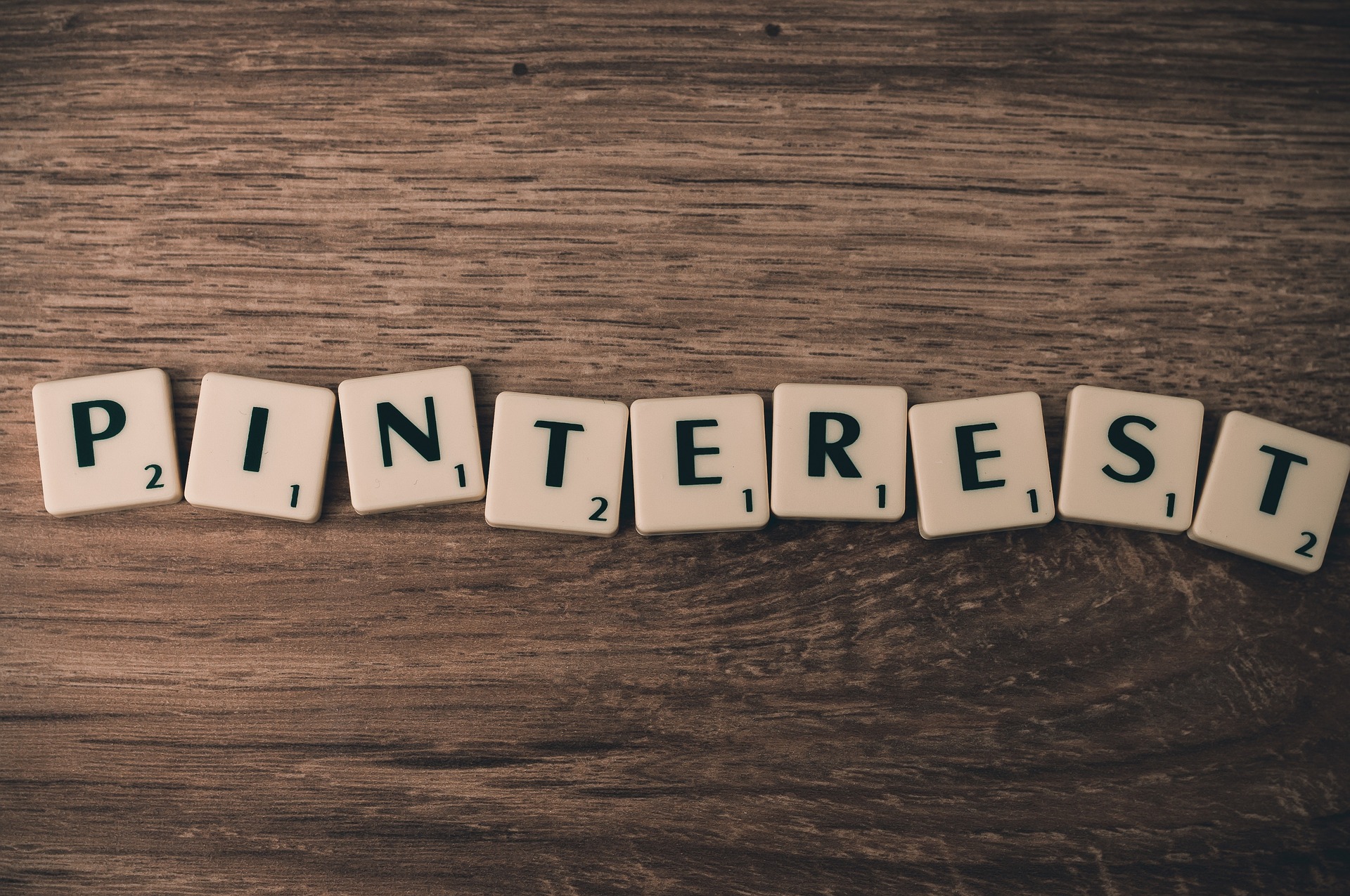The Single Most Important Factor In Web Design Is…

Why Overseas SEO is a Risk That You Can’t Afford
June 28, 2016Ads in Google’s Local Pack: What Does It Mean for You?
July 26, 2016All websites will eventually become outdated. It may be because your site doesn’t reflect your new business goals. It could be broken because of a lack of updates. It could be written in really old code no one uses anymore, or it could just be plain ugly! No matter the reason, when you enlist an agency to help with web design, you want to be reassured that your investment will be a profitable one.

“If You Build It, They Will Come”
That’s a good quote from an old sports film, but it doesn’t generally apply to the web. A good website that delivers results needs to be designed with a purpose in mind. There are countless ways to build a website, but ultimately, what defines a successful re-design? What are the key elements of that process that are absolutely crucial? Let’s take a look at some factors, and identify the most important one of all.
Information Organization
A website should be organized the same way a book would be: to be read from left to right, top to bottom. That’s pretty obvious. It should also have meaningful title headings, and intro paragraphs for all important sections, as well as relevant information to the widest user base, made available from a clear and easy-to-understand area of the homepage.
Planning The Navigation
The site navigation is a crucial aspect of design that is often overlooked. It should be easily found, and simple to read. All important pages should be accessible in as few clicks as possible. When designing a site, there are many navigational factors to consider. Should the header scroll down the page with the user? Should the site have a side-navigation? Should that secondary navigation display third and fourth level pages, or should those be in the drop-downs from the main menu? A professional designer will be able to organize your information and present it in a way that benefits both the users and the business owners.
Consistency
When building a brand, the entire visual aspect of the company needs to be consistent. Consistency doesn’t only apply to colours from page to page. It’s important for users and potential clients to be able to recognize the brand from the tone of your writing, to the style of your images, to the layout and the way the information is presented. Repetition is key. Repetition is key. Recognizing something helps build trust, and trust is almost at the top of our list.
Building Trust In The Brand
Being genuine isn’t something you can fake. Consumers want to make emotional connections to the brands they choose to support, and those connections can be accomplished through design. Large genuine images instead of stock photography as well as modern, impactful fonts should be used as often as possible. These fonts and images should tell a visual story, that is, visual cues to capture the user’s attention. Now, that you have their attention, what do you do with it?
Focus On The Needs Of The Audience
As a designer, it’s sometimes easy to lose sight of who you are designing for. Our job is to be cutting-edge in many ways, but also to speak to our client’s audience in the most meaningful way. Having an ultra-modern website doesn’t work for everyone. The best way to build trust with an audience is by combining all the elements above to create a bond between the business and the user, and turning all that into one giant unified goal. And that goal is ultimately the most important factor in Web Design.
The Most Important Factor in Web Design is…
Converting Visitors Into Clients
Yes, in fact, designing a website that easily converts a user into a client should be the end result of every design process. Most importantly, the purpose of design is to create web pages that let both visitors and business owners achieve their goals.
Conversion optimization is a crucial part of any online marketing strategy. Need a hand? Contact ABORG today to get started!




